10 Vintage Board Games From That Are Now Worth a Small Fortune
Board games from the past have a unique charm and history that make them highly sought after by collectors today. Many classic games, once common in households, have become rare finds with increasing value over the years. These vintage games often carry nostalgia and a sense of cultural significance, which is why they are worth more than just the price of play. Whether you’re a serious collector or a casual enthusiast, these games can fetch impressive prices on the secondary market.
This post may contain affiliate links, which helps keep this content free. Please read our disclosure for more info.
Monopoly (1935 Single Patent Edition)
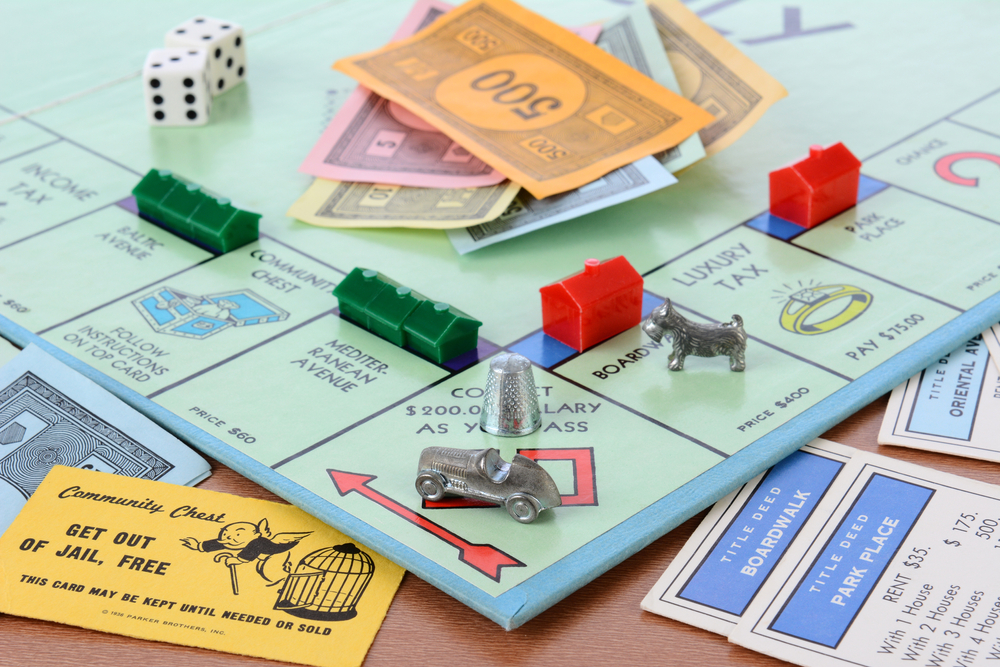
The original 1935 edition of Monopoly, featuring a single-patent design, holds immense value for collectors due to its historical significance. This early version lacks the familiar “Rich Uncle Pennybags” character, making it distinctly different from the version we know today. The artwork on the game board and the rules also deviate from later editions, adding to its uniqueness. The rarity of this edition, especially in complete and good condition, has caused it to fetch high prices on the secondary market.
Monopoly collectors and history enthusiasts alike seek this version, as it represents the early days of what would become one of the world’s most famous board games. A well-preserved set can be worth anywhere between $300 and $1,000, depending on the condition of the game and its components. The limited availability of these sets further drives up the price, making it a highly coveted item among vintage game collectors. (Note that a modern version of the Monopoly Board Game is pictured above.)
Fireball Island (1986)
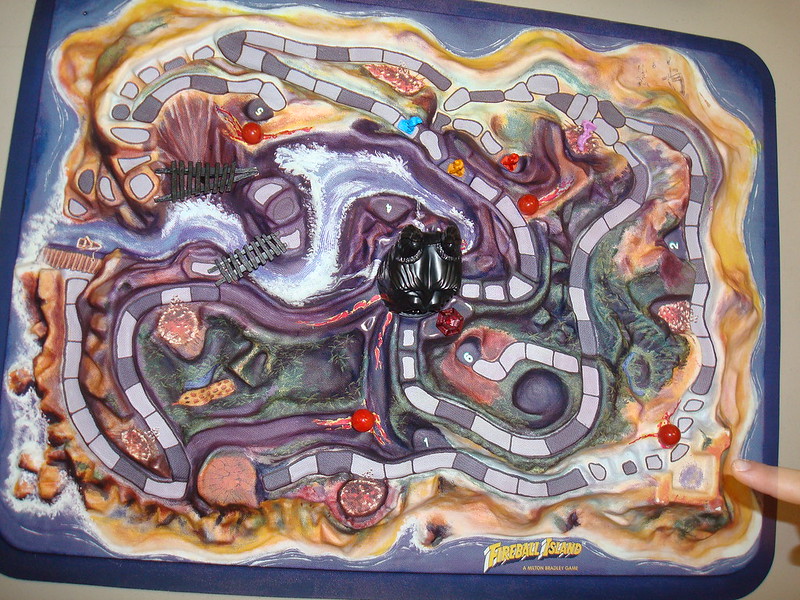
Fireball Island, first released by Milton Bradley in 1986, quickly became a favorite among children due to its thrilling gameplay and the excitement of dodging rolling “fireballs.” The game was groundbreaking for its time, as it combined action and adventure with a three-dimensional game board, which was rare in the 1980s. The game was eventually discontinued, making it a rare find today, especially in complete and mint condition.
A complete set of Fireball Island can sell for as much as $1,500 to $3,000, depending on its condition and whether the original pieces, such as the fireball marbles, are intact. The game’s unique 3D setup and memorable mechanics have made it an enduring favorite among vintage board game enthusiasts. Its limited production and the enduring nostalgia it evokes from collectors of 1980s toys and games ensure that it remains a prized item in the board game world.
Careers (1955)
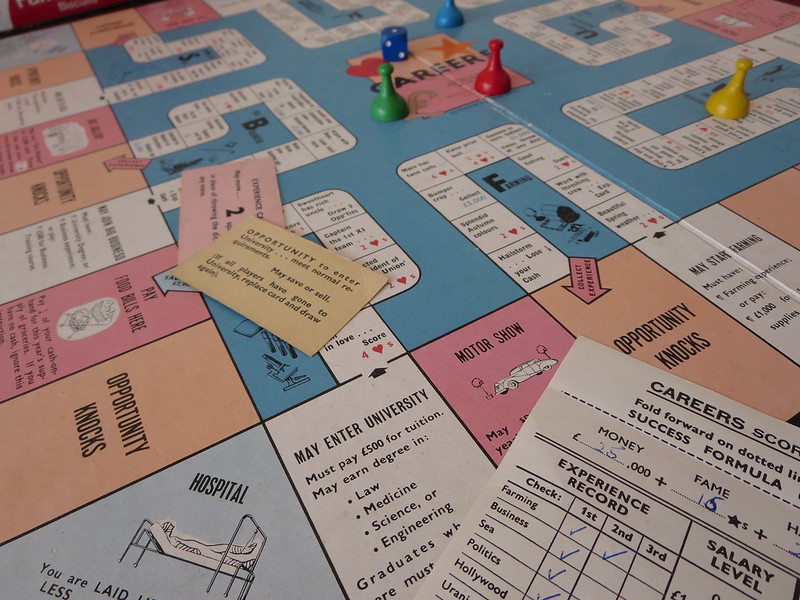
Careers, first released in 1955, is a game that lets players take on different career paths, such as becoming an artist, athlete, or scientist. It is one of the first games to incorporate career-building elements and strategic decision-making, which gives it a unique place in board game history. Its innovative approach to combining life choices with play has made it a sought-after collectible, especially among those interested in vintage board game mechanics.
The game is valued between $400 and $1,200, depending on its condition. A well-kept set is considered rare, and its appeal lies in its forward-thinking gameplay for the time, making it a nostalgic piece for those interested in how the genre evolved. Its association with mid-20th-century culture and its role in pioneering a new form of gaming continue to make it an attractive item for collectors.
Cranium (1998)
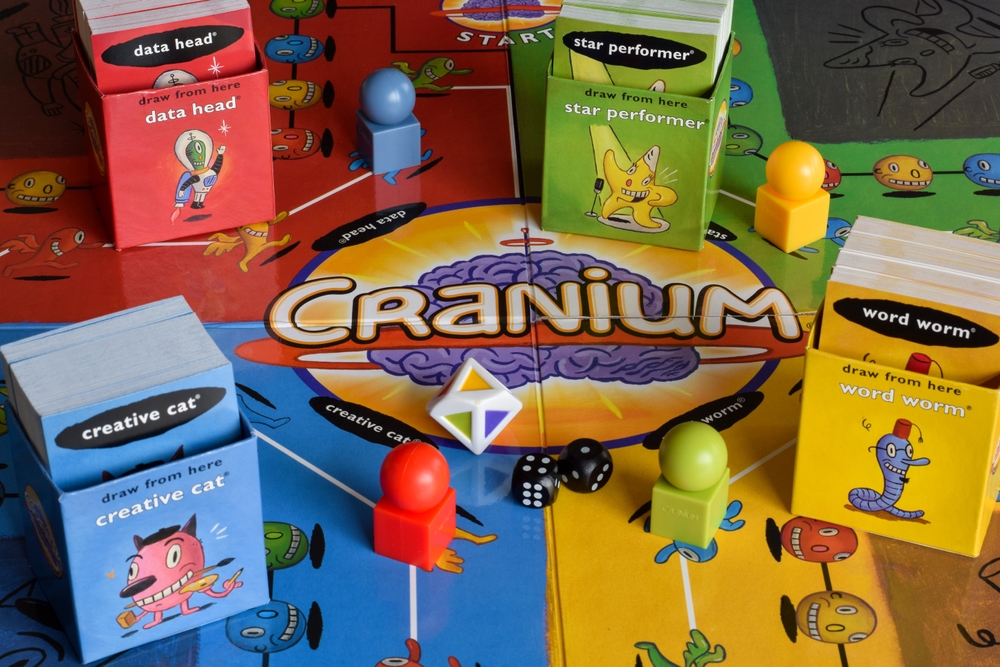
Cranium, a popular party game released in 1998, combines elements of trivia, acting, drawing, and word games. It became a hit in the late 1990s and early 2000s, earning accolades for its fun and engaging gameplay. Cranium broke away from traditional trivia games by offering a more interactive, creative experience. Its widespread popularity during its release led to high production numbers, but original editions in mint condition have since become valuable collectibles.
A pristine first edition of Cranium can sell for around $200 to $700, depending on its condition and the presence of all original pieces. The game’s crossover appeal to various ages and its mix of different genres make it a unique collectible. Though it is not as rare as some other vintage games, its importance in the evolution of party games and its continued fondness among fans have helped it retain significant market value.
Eldritch Horror (1982)
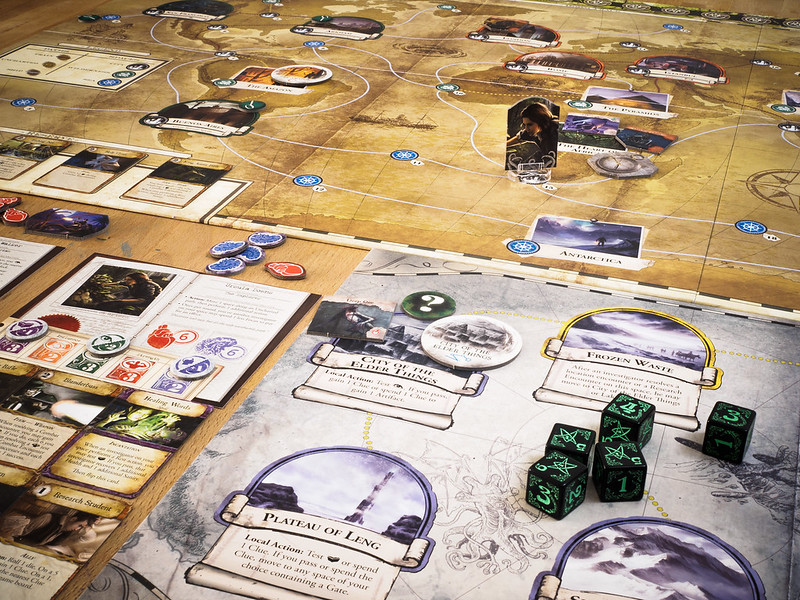
Eldritch Horror, released in 1982 by the company Game Designers’ Workshop, is a highly regarded strategy game that immerses players in a world of supernatural threats. Set in a universe inspired by the works of H.P. Lovecraft, players must face various challenges and scenarios while trying to prevent the awakening of an ancient evil. This dark and eerie theme, paired with the complex rules and strategy, helped it gain a dedicated fanbase that appreciates its depth and atmosphere.
Today, Eldritch Horror can fetch prices ranging from $250 to $800, depending on its condition and completeness. The game’s unique setting, rich lore, and the cult following it has cultivated over the years make it a prized collectible. Given its niche appeal and the rarity of well-maintained copies, it remains a coveted item for collectors of both board games and Lovecraftian memorabilia.
The Royal Game of Ur (2600 BCE – Modern Reproduction)
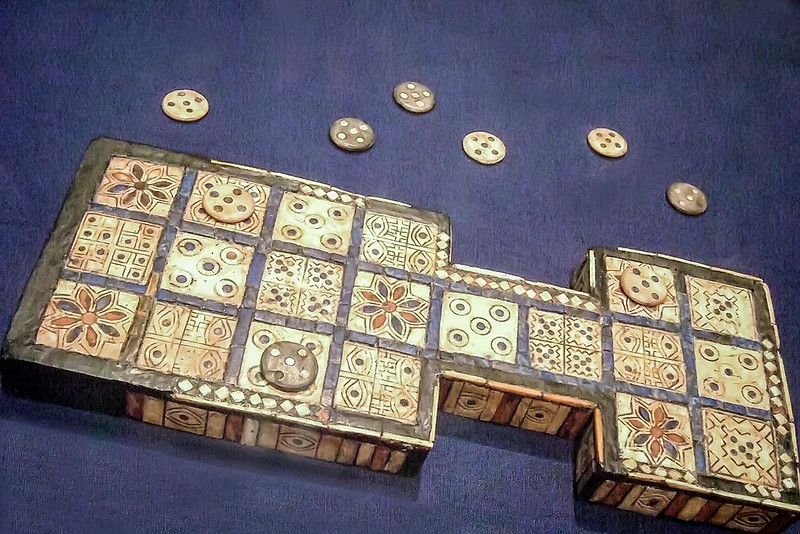
The Royal Game of Ur is one of the oldest known board games, originally found in the ancient city of Ur (modern-day Iraq) and dating back to around 2600 BCE. While the original game is not available, modern reproductions that replicate the design of this ancient game are highly sought after. The game’s historical significance, as one of the earliest known games in recorded history, makes it a remarkable collectible. It was believed to be a game of strategy and chance played by ancient royals.
Modern reproductions of The Royal Game of Ur can be found selling for around $300 to $1,500, depending on their craftsmanship and authenticity. The game’s value is driven by its ancient origins and its association with the elite of the time. As more collectors seek rare and historically significant pieces, this ancient game continues to capture the interest of those who appreciate both archaeology and board games.
Clue (First Edition, 1949)
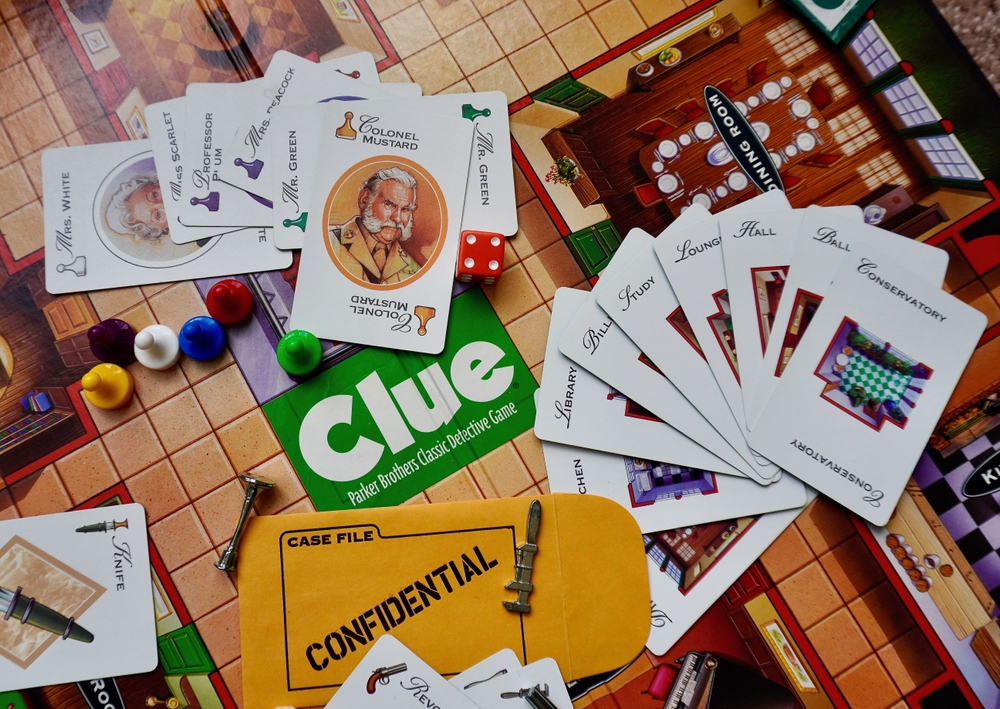
Clue, the beloved murder mystery game, was first introduced in 1949 and quickly became a classic. The original edition is highly valued by collectors due to its vintage status and the iconic characters that have remained a part of the game’s core identity. The first edition of Clue featured a simpler design, with the rooms, weapons, and suspects listed on a plain board. Over the years, as new editions with updated rules and designs were introduced, the first edition became a rare and much-desired piece of gaming history.
Today, a well-maintained first edition of Clue can command upwards of $2,000, especially if it is in mint condition and includes all the original components. The combination of the game’s lasting appeal and its rarity as the first edition has contributed to its status as a top collectible. Collectors prize it not only for its gameplay but also for its role in shaping the modern board game industry. (Note that a Parker Brothers 1996 edition is pictured above.)
The Mansion of Happiness (1843)
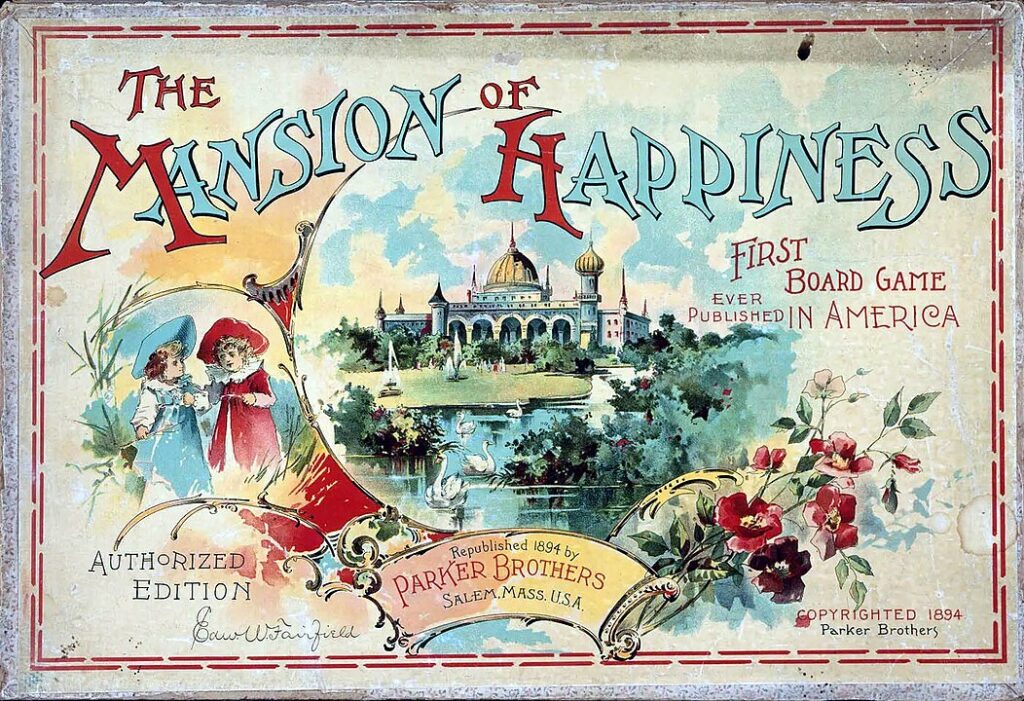
The Mansion of Happiness is one of the earliest known American board games, created in 1843 by S. P. Remick. The game is a race to the “Mansion of Happiness,” where players encounter moral lessons and consequences based on their choices. Its design is simple, but its historical and cultural significance make it a notable collectible today. The game is based on a ladder-type format, similar to what we would later see in games like Chutes and Ladders, but with a much more moralistic and instructive theme.
A complete and well-preserved set of The Mansion of Happiness can fetch anywhere between $500 and $1,500. Its high value is attributed to both its place in the history of American games and its rarity. As one of the first games to teach moral lessons through play, it continues to be a fascinating artifact for collectors interested in vintage educational games and American history.
The Oregon Trail Game (1971)
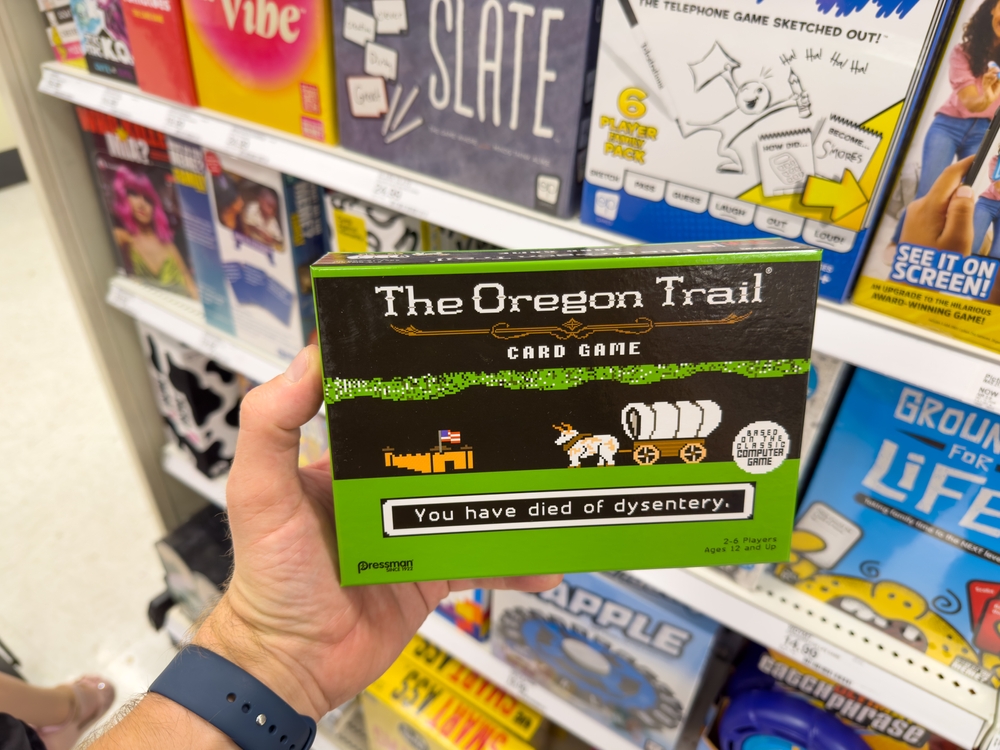
Inspired by the educational computer game of the same name, The Oregon Trail board game was introduced in 1971 by the company Milton Bradley. It gained popularity as it allowed players to experience the hardships of the pioneer journey to the West, making it both educational and entertaining. The board game’s unique theme, which ties into the success of the computer game and the historical narrative of westward expansion, gives it a strong appeal for history buffs and vintage game enthusiasts alike.
Due to its scarcity and the high demand from collectors, the Oregon Trail board game can now fetch prices around $200 to $500, especially if it remains sealed or in near-mint condition. The game’s educational nature, paired with the cultural relevance of the Oregon Trail story, makes it a valuable collectible for those interested in historical board games. As fewer copies are available, the game’s price continues to rise, making it a highly coveted piece for vintage game collectors.
Dungeons & Dragons Board Game (1974)
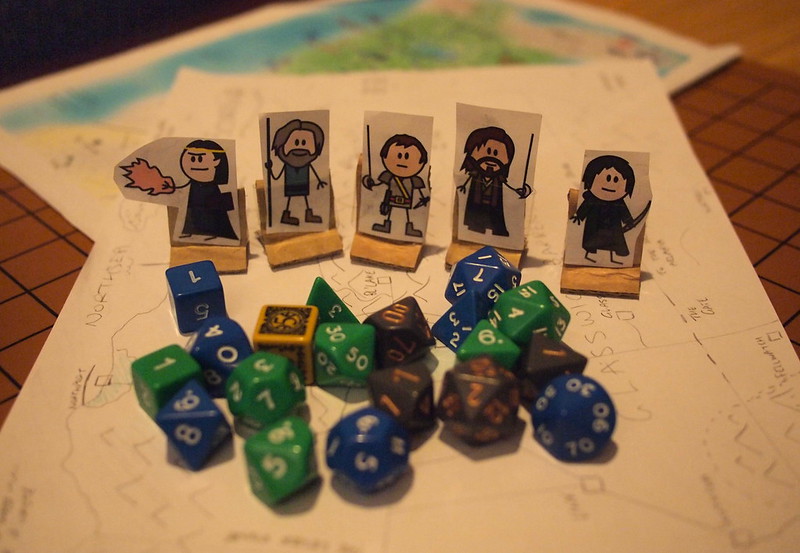
Dungeons & Dragons (D&D), first released as a tabletop role-playing game in 1974, quickly evolved into a cultural phenomenon. While the original game was more focused on pen-and-paper role-playing, the D&D board game adaptation was released later, bringing the fantasy world of dragons and wizards into a more structured format. The original 1974 editions, with their distinctive artwork and complex rule sets, are now highly valued by collectors.
The price for a complete 1974 edition Dungeons & Dragons board game can range from $500 to $2,000, depending on its condition. Its value is attributed to the foundational role it played in the development of the RPG genre and its historical significance within both the gaming and fantasy communities. As the D&D franchise continues to expand in popularity, the demand for early editions has only increased, making it a must-have for collectors.
This article originally appeared on Avocadu.
